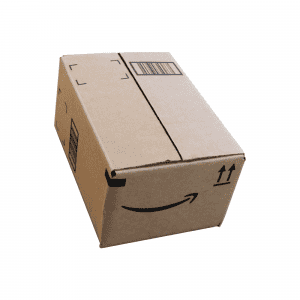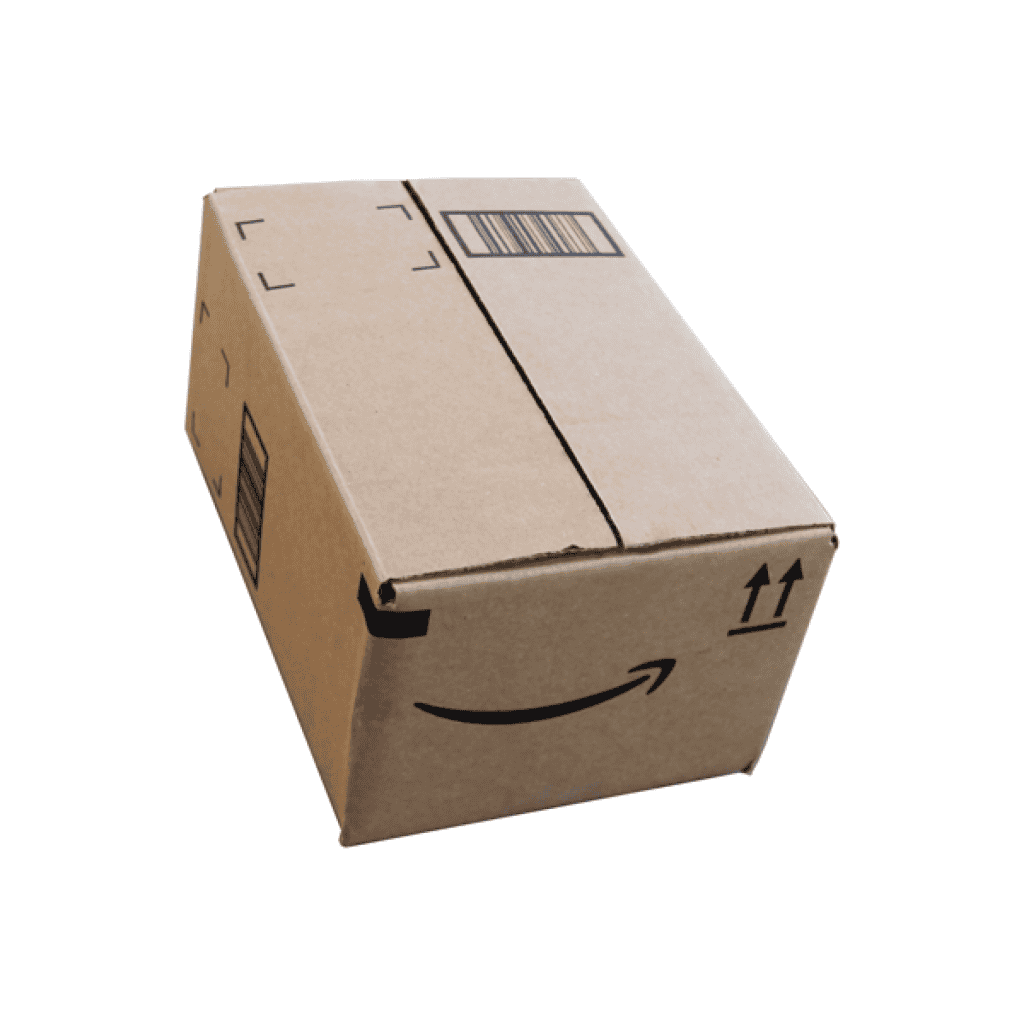Are you wondering how to ship to Amazon FBA warehouses? In this article, we’ll share the best strategies for ensuring that you get your inventory management organized to avoid long-term storage fees. Also, understanding the shipping process ensures you can save money and avoid delays.
In 2021, Amazon accounted for more than 20% of all online sales. This relatively large size of the massive pie indicates that Amazon is an excellent place to sell. However, to take advantage of their Amazon FBA services, you’ll need to send inventory to their warehouses first. Continue reading to better understand the process.
Create an Account
The first step in the process is creating an Amazon seller account. You can choose between standard and professional, with the latter being the better choice for sellers who want to scale on Amazon.
Note that the professional account for Amazon sellers comes with a monthly fee. However, it unlocks important features such as having the ability to sell without limitations, so it’s the only viable choice for Amazon FBA sellers who want to scale.
Create A Shipment
You’ll need to log into your Seller Central account and create a shipment for any listings you have. You can do this by going to the Inventory menu, selecting “Manage All Inventory,” and then the “Send/Replenish Inventory” option.
Here you can add the packaging details such as the number of units, box dimensions, weight, and the product template name. It’s important that you get these details right since Amazon will charge you storage and handling fees based on the product dimensions.
Two Options For Shipping Products To Amazon
If you’re like most Amazon FBA sellers, then you will ship products from China. There are two main routes that you can take when deciding how to complete this process, and I’ll cover them both in the following section to help you decide.
Send Products Straight To Amazon FBA Warehouses
You ask the manufacturer to send goods directly to Amazon FBA warehouses. Simply create a shipment within Amazon Seller Central, and share the address you’re given. This option might be the cheapest and easiest. That’s because the supplier takes care of international shipping, which includes dealing with freight forwarders and paying taxes at the port. All you need to do is pay the shipping amount.
However, with this option, you are placing a lot of trust in the hands of the product supplier. You need to be sure that they will provide the right tax code to the authorities in the United States. Your products may get held up if the wrong codes are provided, and you may have to pay extra.
Also, you need to trust that the product packaging and quality will meet the minimum standards. However, if the products are sent straight to Amazon, you’ll need to hire a quality inspection service. This is an extra cost that you should factor into the profitability equation.
Send Products To 3PL
3PLs are services that will accept your products and store them in their warehouses before sending to Amazon warehouses. Here are some of the top advantages of using a 3PL:
- Quality inspection: you can ask the 3PL to inspect the quality of the packaging and products. At the very least, inspecting the packaging is a good idea to ensure that the Amazon FBA warehouse will accept the batch. This includes ensuring the labeling is correct. Otherwise, an additional fee might be added if the wrong labels are attached to your batch.
- Lower storage costs: you will need to pay extra storage fees for goods you keep at the Amazon warehouse that are not selling. The fee structure is constantly changing, but expect to pay a surcharge for stock that isn’t sold for over 1 month. Therefore, keeping stock in 3PL warehouses and sending it to Amazon in small doses is the best approach.
- Dashboard management system: competitive 3PL companies that deal with a large number of Amazon sellers have excellent systems for automation. This includes a dashboard that you can access by logging into your account. Here you can keep an eye on your product status and choose when and how many units to send to Amazon. Most services can respond quickly and send stock to Amazon within a few days.

How To Ship To Amazon Best Practices
There are a few best practices for shipping to Amazon that you should keep in mind. This ensures that you can avoid making the mistakes that set your business back.
- Inventory management system: invest in an inventory management system of your own to ensure that you know how long in advance to order products. Also, these tools tend to have AI-based suggestions on how much stock to reorder. This will help you avoid running out of stock on Amazon. Helium 10 and Jungle Scout are top examples of services where you can use an inventory management tool to ship products to Amazon.
- Plan in advance: you’ll need to have a plan for inventory well in advance of when the stock is needed. Therefore, you should consider the sales velocity and shipping/manufacturing time.
- Hire an expert: you can always hire a professional inventory management freelancer who can help you manage stock. They will tell you the amount of stock you need to order and the date. This service is especially important if you have a scaling Amazon business with many products and SKUs.
Shipping To Amazon FBA Final Thoughts
To summarize, figuring out how to ship to Amazon FBA warehouses is straightforward because the Seller Central dashboard makes it easy. Also, you can contact customer support if you get stuck along the way. The infrastructure of sending goods to Amazon is established, so you don’t need to reinvent the wheel to get the job done.
Furthermore, to create an Amazon business that’s respected, you’ll need to register it as an LLC. Here at Business Anywhere, we offer an affordable and fast service for setting up an LLC, and we’ll help you along every step of the way.








